After our first four days of steady traveling northward, we stopped for a day of rest and to enjoy St. Augustine briefly. It would be a brief visit to this amazing city so we would not be revisiting the wonderful places we had seen back in 2013. (Old St. Augustine – A City of History).

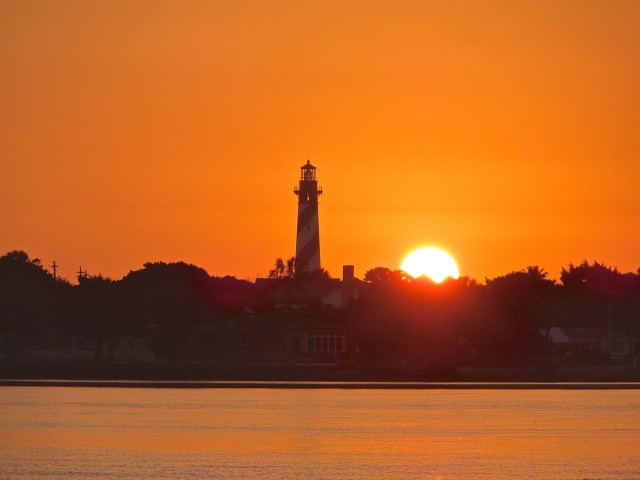

First order of business was a grocery store run, by dinghy. A trip to the Publix in Villano Beach meant a ride through the mooring field (long ride because we were at the very farthest end) under the Bridge of Lions, across the inlet, and onto the other side of the ICW. On our way there, we saw –
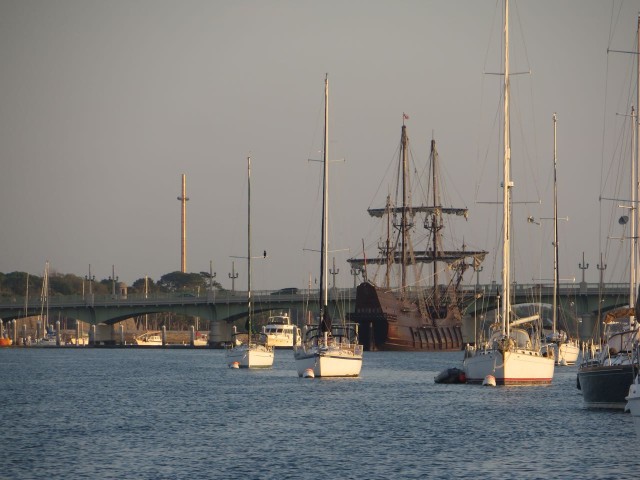
El Galeón is a 170 foot, 495-ton, authentic wooden replica of a galleon that was part of Spain’s West Indies fleet. Ships such as this one sailed Florida’s coastal waters during the 16th and 17th centuries, crossing the ocean from the Old World to the New for trade and exploration purposes. The Nao Victoria Foundation of Seville, Spain, began building this authentic replica tall ship in 2006. It requires a a crew of 28 to operate the seven sails (more than 9.600 square feet in area) on three masts in the same method used by sailors in the 16th century. El Galeón will be in St. Augustine from April 1 – 12, 2016.
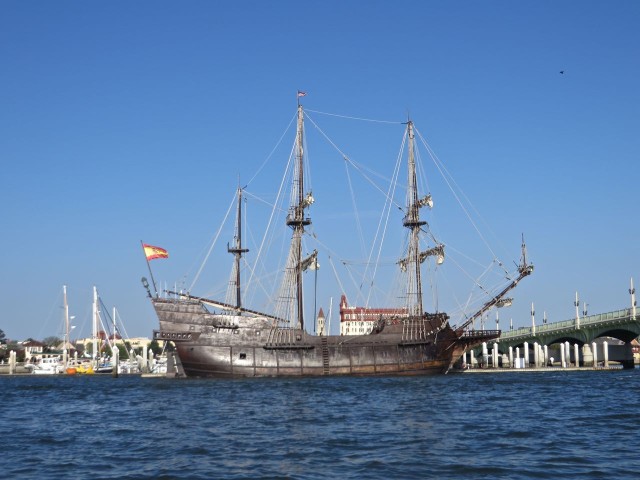
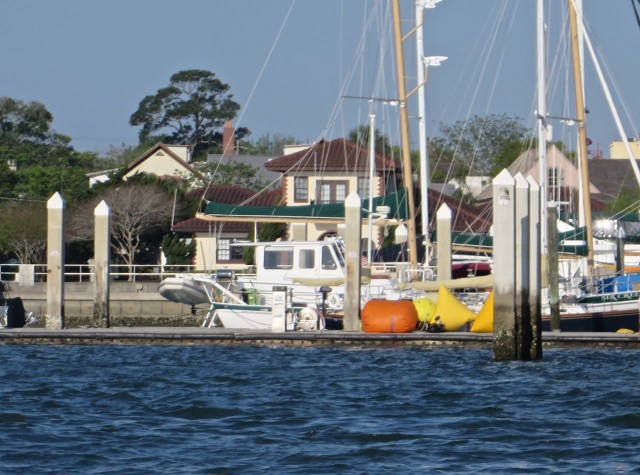
As we crossed under the Bridge of Lions and into the inlet’s channel, we were among the sailboats heading out to sea for the race. Imagine our surprise when we noticed Santarella, a Baltic 38, from our yacht club in Connecticut. She was here for the Race Week. How did Santarelli fare in the races?
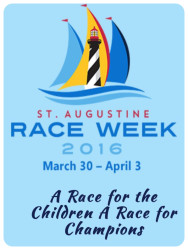
From local news — “Neal O’Connell flew in from Connecticut to drive Phil Scalise’s Baltic 38 DP in the Cruiser A Tactical Challenge Offshore Series sail races at St. Augustine Race Week. O’Connell skippered the Santarella to first place on Thursday, Day 1 of the the three-day series. ‘It was a great day to sail,’ O’Connell said. ‘A lot nicer than it is in Connecticut right now. There was only a little spot in the middle (of the 16-nautical mile course) where there wasn’t much wind.’ Final standings — Santarella (Phil Scalese) won the Cruiser Cup and the Cruiser A Class.

Once across the inlet, we docked our dinghies at Villano Beach, a little beach community on the barrier island, between the Atlantic Ocean and the Tolomato River.




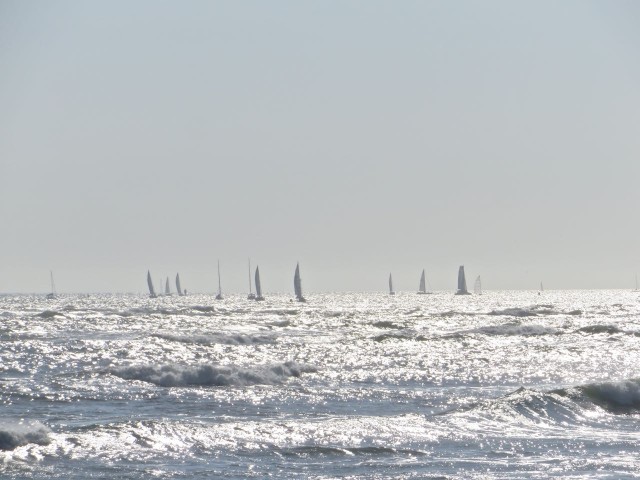
The streets of St. Augustine become an art stroll on the first Friday of each month. The diverse and eclectic art galleries located in the nation’s oldest city open their doors from 5 to 9 pm and welcome everyone to view (or purchase) the art on display. There are artists available to chat with, and refreshments ranging from snacks & cookies to gourmet cheeses and delights, with free wine. What a way to spend a Friday evening!
We decided on an early dinner of beer and sandwiches at J.P. Henley’s, a place with “a worldly twist on the neighborhood pub.” With over 70 beers on tap and 100 bottled beers, there were hard decisions to be made. And with happy hour specials of 16 oz beers for $4 and sandwiches, 2nd one half price, how could you go wrong? Add in Dan and Marcia’s company and it was a recipe for a good time.
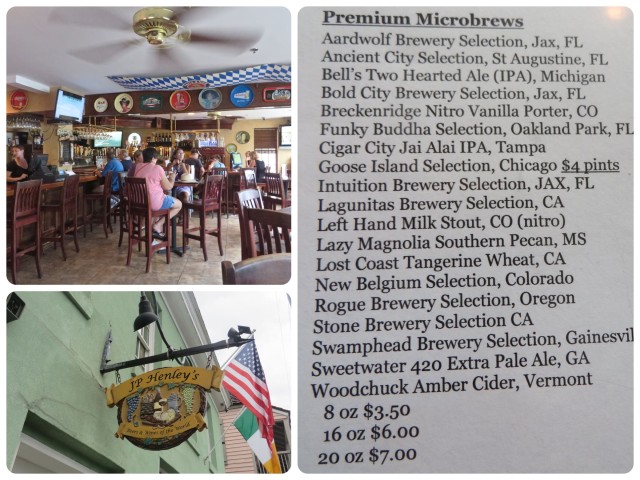
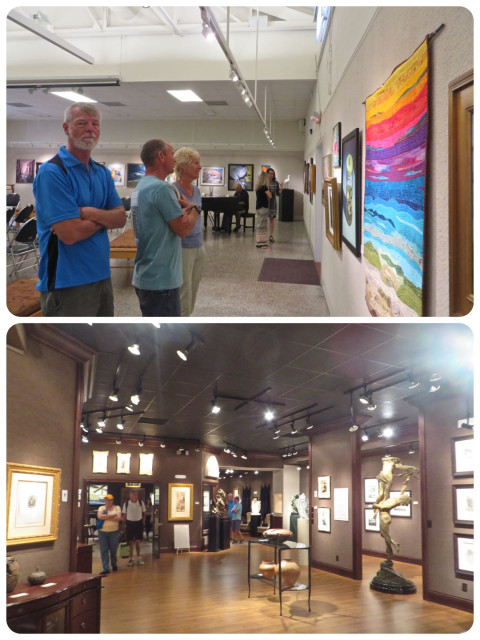
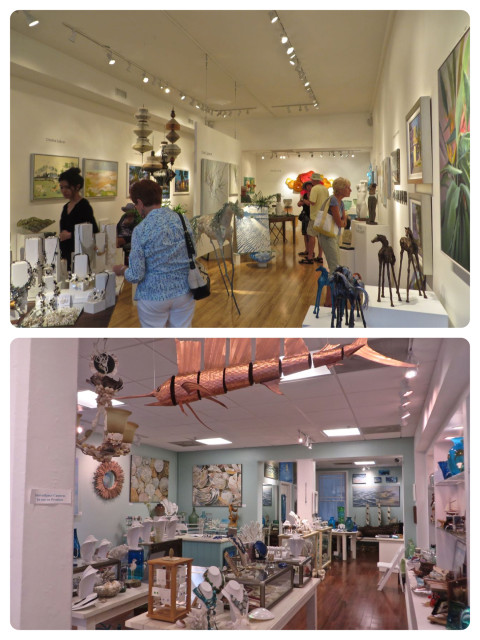
Saturday, April 2nd and it was time to move on again, but questionable weather was forecasted. We had spent a good amount of time planning and questioning the 60 nm trip to Cumberland Island, Georgia. The icon forecasts on the weather apps said it all – pictures of sun, lightening, rain and clouds. How could that forecast ever be wrong? WE decided it would be doable if we got an early start, just before 7:00 am, which is before the sun officially rises.

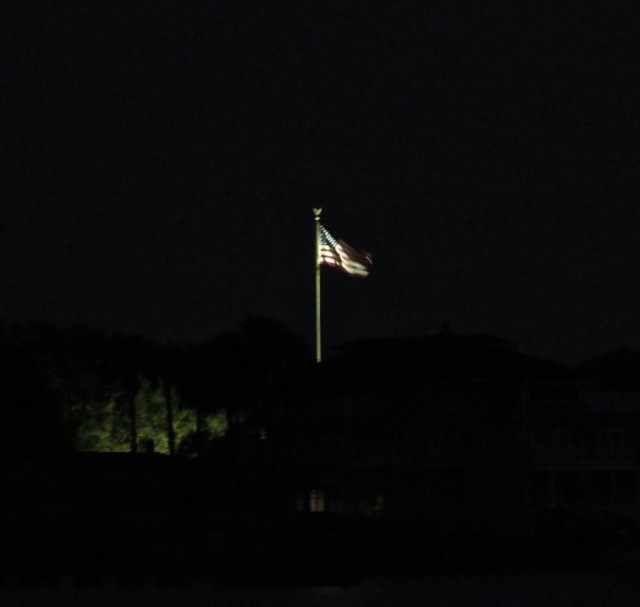
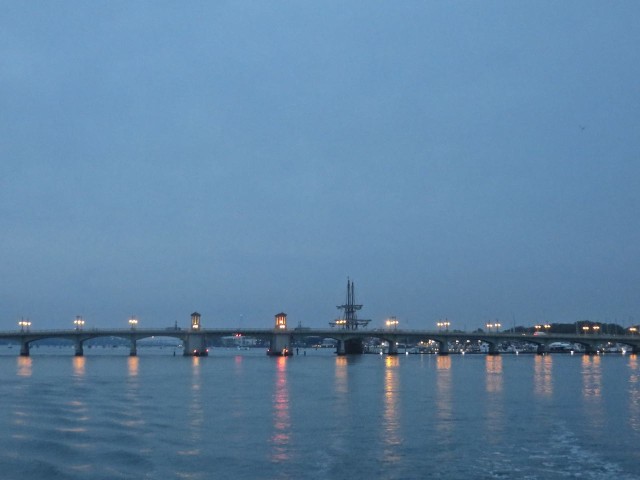
In just the short span of time it took to go from our mooring to the open channel, the daylight increased significantly. We listened to chatter on the VHF between an incoming boat and the local SeaTow about the green entrance marker inside the inlet. At low tide, and it was a LOW tide, the boat was warned that the green can is on shore. Imagine trying to follow that into the St. Augustine without knowing! We vividly recall our trip into this channel on the way south – that foggy morning after 22 hours from Savannah.

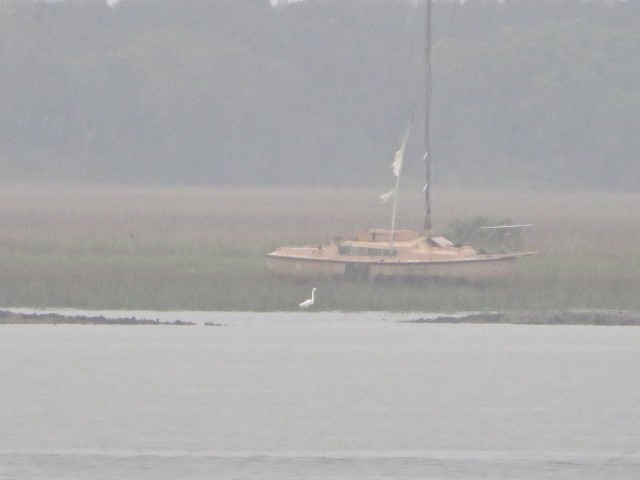
Truthfully, it was one of those travel days that we call, “let’s just get it done.” It would be a long stretch in poor weather.
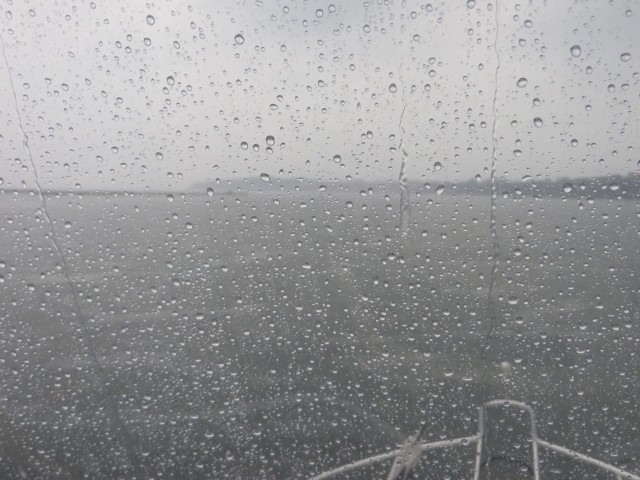
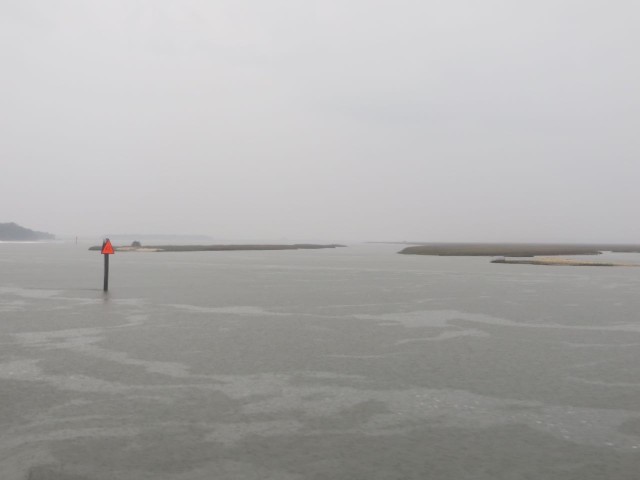
We had rain, thunder in the distance, and winds that increased during the day. But by mid-day, we were able to move from the lower helm up to the flybridge. Surprisingly, we found that we had a good current with us for almost the entire day. A bright spot, in a way.

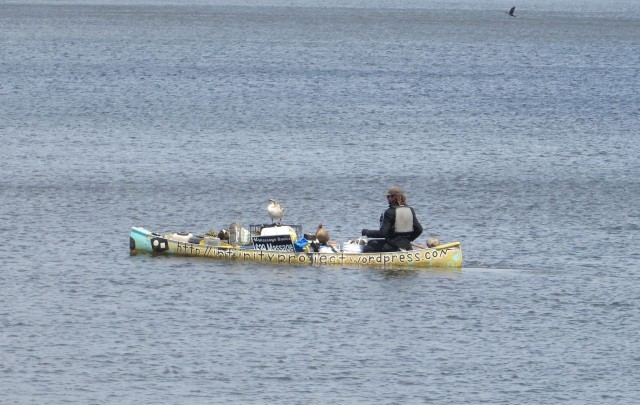
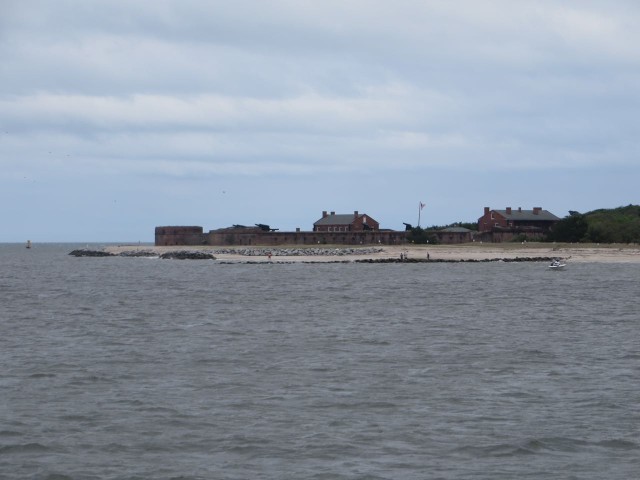
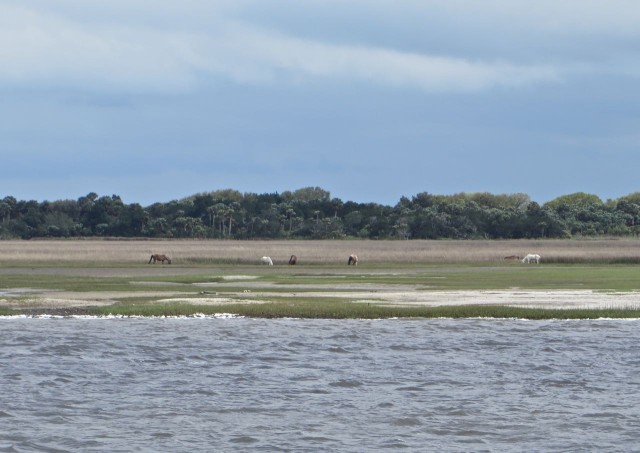
We covered the 61 nautical miles in 8.5 hours, with an average speed of 7.1 knots. Not bad. It was a long day for that kind of weather, but it felt good to be at Cumberland Island, especially with the promise of better weather tomorrow.

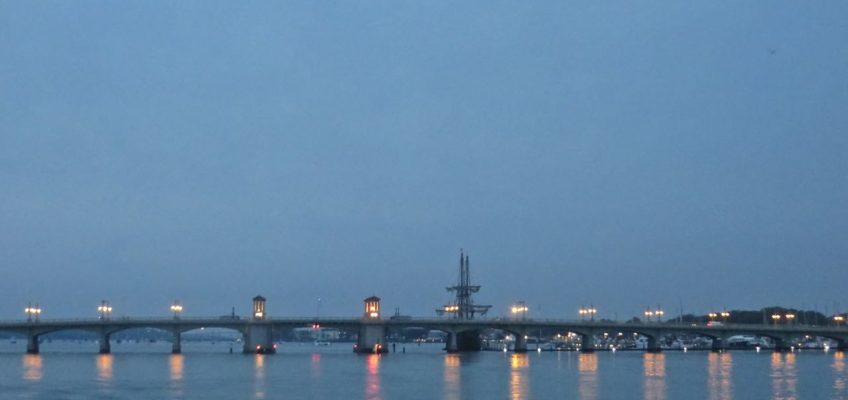
Leave a Reply